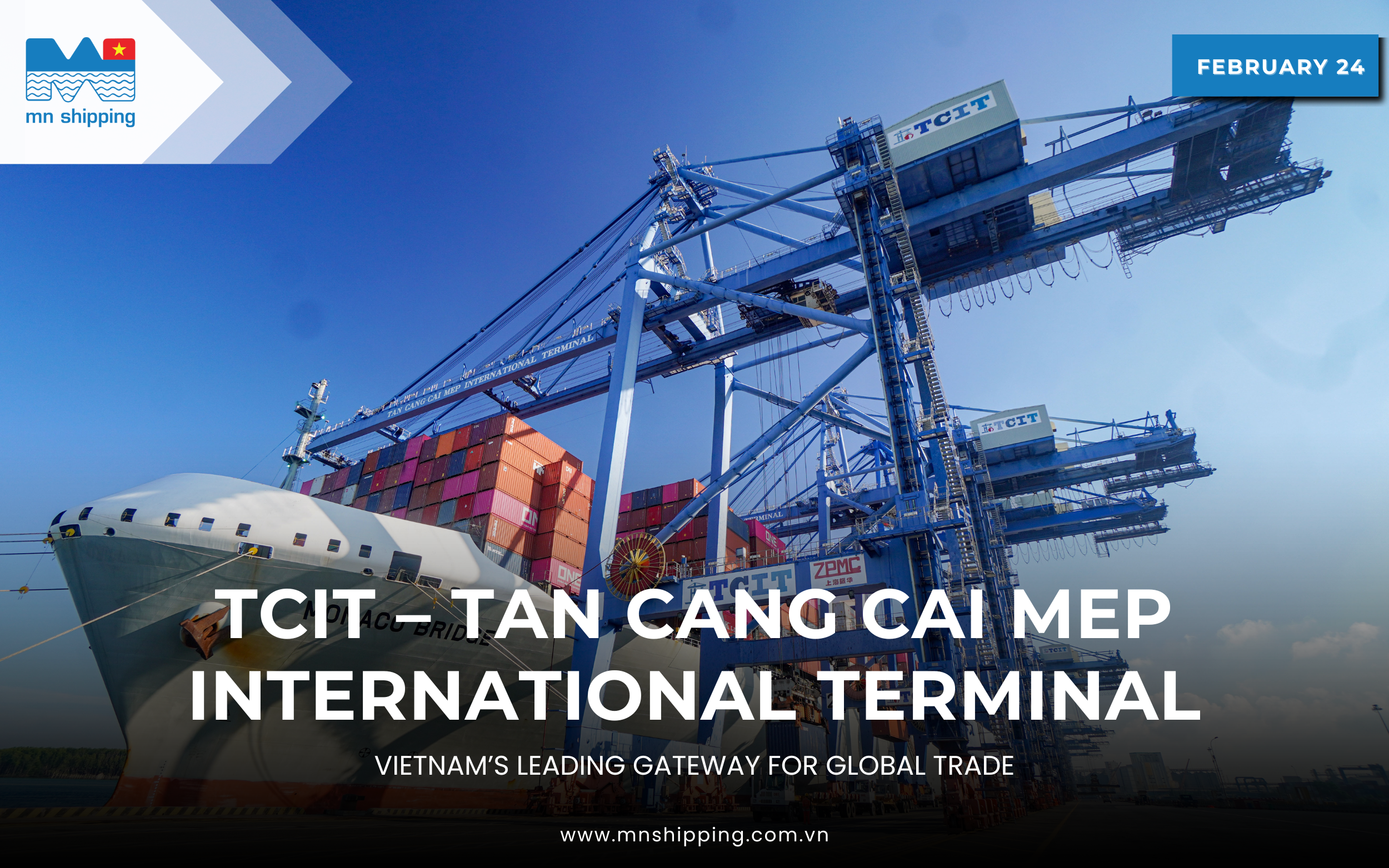Shanghai Port continues to break records in global trade. After surpassing 50 million TEU in 2024, the port is set to strengthen its position as the world’s busiest container hub in 2025. With advanced logistics, sustainability initiatives, and increasing global trade connections, Shanghai Port is paving the way for the future of maritime shipping.
Shanghai Port’s Unstoppable Growth in Global Trade
Shanghai Port has maintained its dominance as the world’s busiest container port for 15 consecutive years. In 2024, it made history by surpassing 50 million TEU in annual throughput, marking a first in global shipping. This achievement underscores its role as a crucial hub connecting over 700 ports in more than 200 countries through nearly 350 international shipping routes. With strong momentum, industry analysts predict that Shanghai Port could exceed 52 million TEU in 2025, further solidifying its leadership in global trade. If this prediction holds, Shanghai will have experienced a 4% year-on-year increase in throughput, maintaining a compound annual growth rate (CAGR) of 3.5% over the past decade.
Key Factors Driving Shanghai Port’s Success
Expanding Global Shipping Routes
Shanghai Port’s extensive connectivity has been a major driver of its success. It continues to lead the world in port connectivity, ranking first globally for 13 consecutive years. The port currently handles over 30% of China’s total container throughput, and its trade volume accounts for 7% of global container shipping. Its strong ties with the U.S., Europe, and Southeast Asia remain critical in supporting global supply chains.
Strengthening Regional and International Collaboration
To enhance trade efficiency, Shanghai Port has deepened cooperation with 22 ports along the Yangtze River, including 16 key ports in the Yangtze River Delta. This collaboration has boosted intermodal logistics, integrating rail, road, and water transport solutions to streamline cargo distribution across China and beyond. In 2024, cargo movement via inland waterways grew by 18%, reducing reliance on road transport and cutting carbon emissions by 15% compared to 2023.
Enhancing Transshipment and Logistics Efficiency
In 2024, Shanghai Port’s international transshipment volume surged by over 20% year-on-year, surpassing 7 million TEU. This growth reflects ongoing efforts to optimize container handling and improve port efficiency. Additionally, the port’s water-to-water transshipment ratio is expected to reach 60%, setting a new benchmark in logistics efficiency. These advancements have led to an average container dwell time reduction of 12%, boosting overall supply chain fluidity.
Sustainability and Green Shipping Initiatives
Shore Power Adoption and Energy Savings
Environmental responsibility remains a priority for Shanghai Port. By the end of 2024, all container terminals were fully equipped with shore power facilities, increasing ship calls utilizing shore power by 250% and reducing emissions significantly. Energy savings from this initiative are projected to grow by 200%, contributing to China’s green shipping goals. Additionally, the port has committed to reducing its carbon footprint by 30% by 2030, aligning with global decarbonization targets.
LNG Bunkering and Clean Energy Expansion
Shanghai Port is also at the forefront of clean energy bunkering. To date, it has completed 125 bonded LNG bunkering operations for international vessels, with a total bunkering volume of 730,000 cubic meters. By 2025, the port aims to increase this figure to 1 million cubic meters, positioning itself as a key LNG refueling hub in Asia. Future plans include the deployment of hydrogen-powered cargo handling equipment, expected to reduce port emissions by 35% over the next five years.
Shanghai Port’s Outlook for 2025 and Beyond
Predicted Throughput and Technological Advancements
With continued investments in AI-driven logistics, 5G-enabled port management, and automation, Shanghai Port is expected to enhance its cargo handling capacity. The integration of smart technology will reduce congestion and improve turnaround times, supporting projected throughput growth beyond 52 million TEU in 2025. Furthermore, Shanghai’s fully automated container terminal at Yangshan is expected to increase its handling capacity by 20%, reducing vessel waiting times by 30%.
Challenges and Potential Roadblocks
Despite its strong growth trajectory, Shanghai Port faces challenges such as geopolitical uncertainties, shifting global trade policies, and supply chain disruptions. Additionally, meeting stricter environmental regulations may require further investment in green infrastructure and carbon reduction technologies. The ongoing global supply chain restructuring, with more countries diversifying manufacturing bases beyond China, could also impact future growth.
Vision for a Smart and Sustainable Shipping Hub
Shanghai Port aims to position itself as a global leader in high-end shipping services, digital transformation, and sustainable logistics. Plans for 2025 and beyond include expanding smart port operations, developing new automated terminals, and strengthening its role as a strategic logistics hub for global trade. By 2030, Shanghai aims to achieve a 50% reduction in port-related emissions, ensuring long-term environmental sustainability.
Conclusion
Shanghai Port is on track to break new records in 2025, reinforcing its role as the epicenter of global maritime trade. With a strong focus on technological innovation, sustainability, and trade connectivity, it is well-positioned to shape the future of shipping while setting new benchmarks for efficiency and environmental responsibility. Whether it surpasses 52 million TEU or not, Shanghai Port’s influence on global trade, sustainability, and logistics efficiency will remain undeniable. The port’s commitment to green energy, automation, and international cooperation ensures that it will continue to thrive as a key player in the global shipping industry for years to come.Source: Seatrade Maritime News








